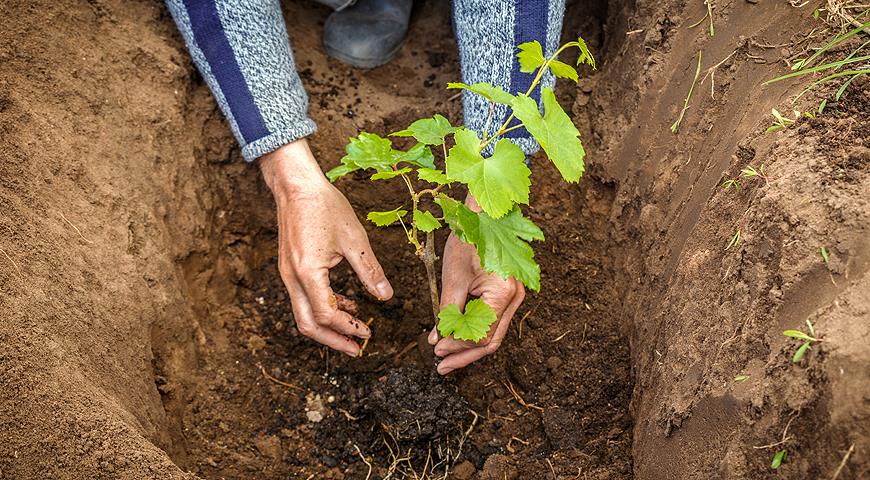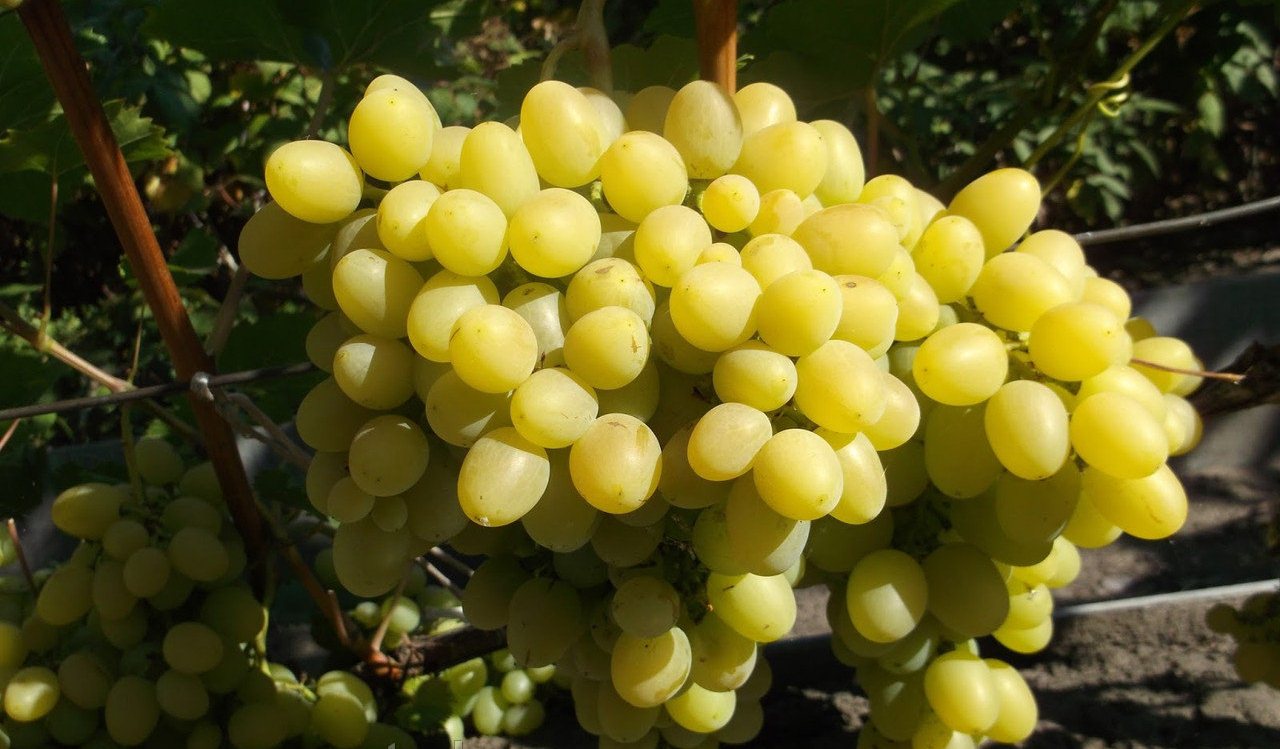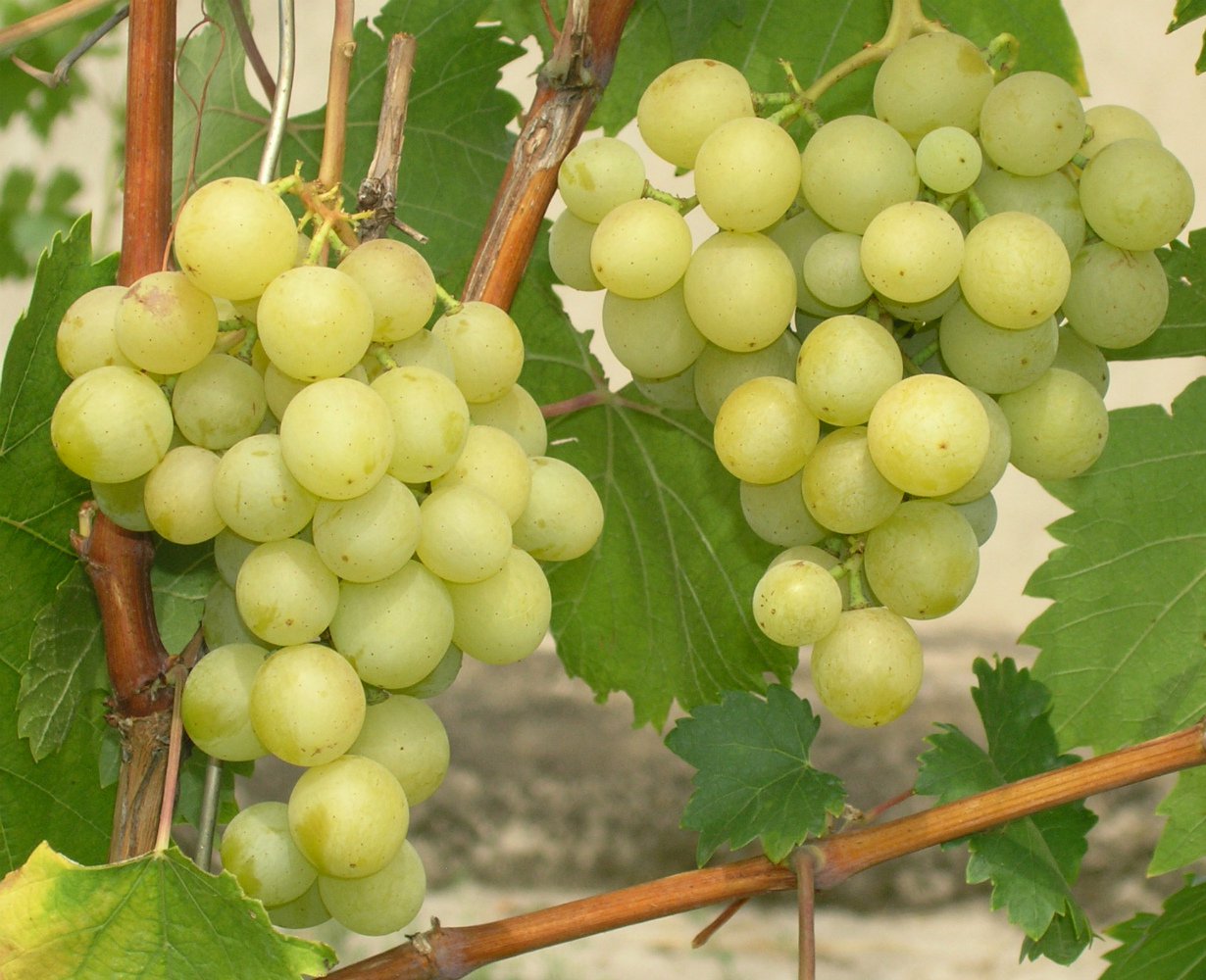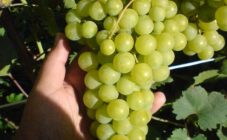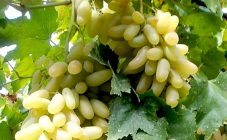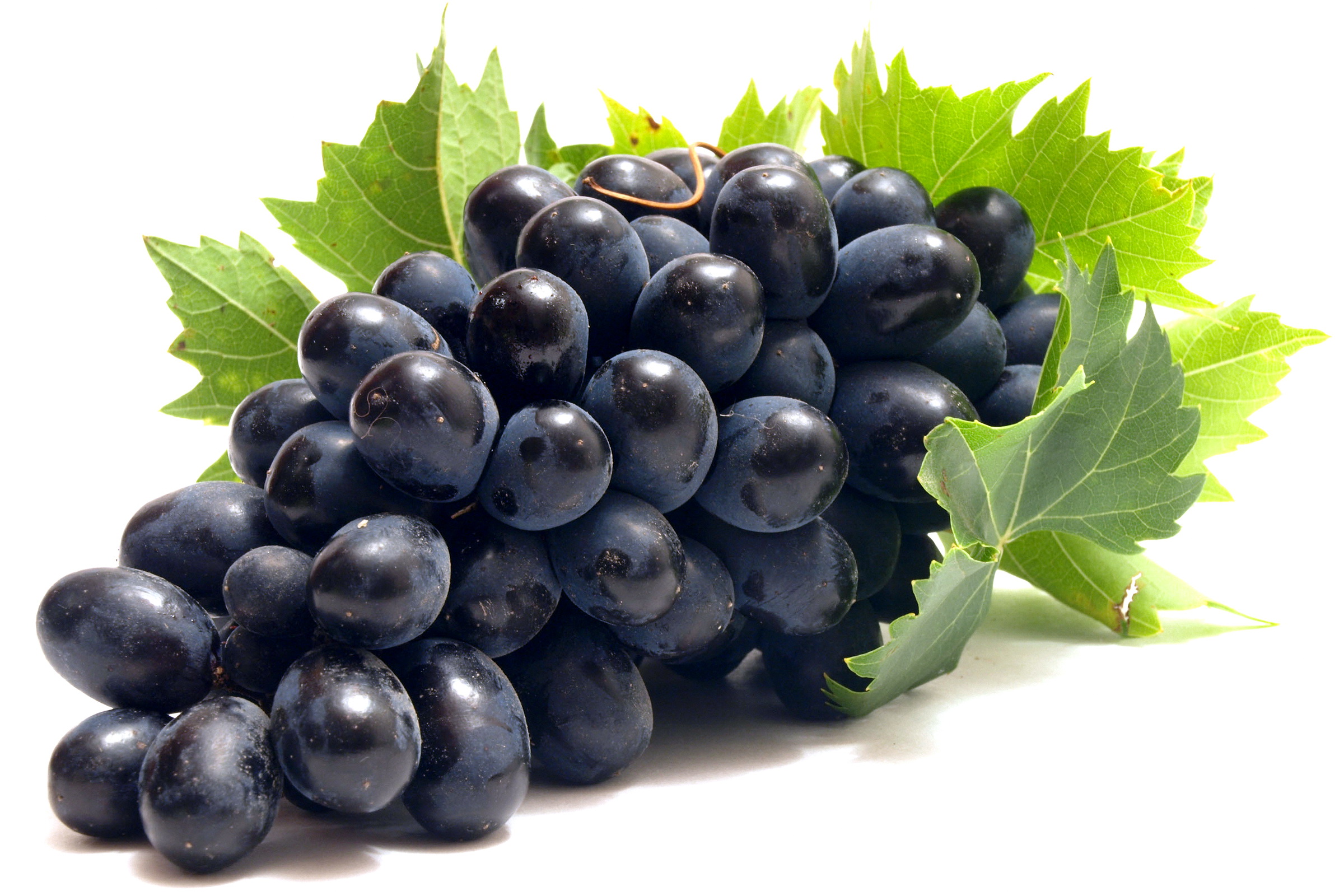Content:
The grapes of Moldova are widespread in the Crimea, Rostov region, Krasnodar and Stavropol regions. This horticultural culture owes its popularity in the regions of developed viticulture to its good resistance to the weather conditions of the hot southern summer. The grape was bred in Moldova on the basis of the Seiv Villar and Guzal Kara varieties. The crossing resulted in a very sweet Moldavian grape with a black berry color.
Description and characteristics
Moldova belongs to the late wine varieties. For full maturation of the brushes, you need at least 5 warm months. Moldova calmly tolerates the fall in winter temperatures down to -22 degrees. Despite the relatively good frost resistance, it is inappropriate to plant this crop in the northern regions, where viticulture is poorly developed due to the cold climate. In a short summer, anywhere in the suburbs, Moldova does not have time to ripen.
Moldova grapes have a number of characteristic features:
- highly branched bush of high growth;
- stems are brown;
- medium-sized bunches of blue-violet berry;
- sweet berries with dense pulp;
- large carved leaves of bright green color;
- dense peel on berries;
- berry clusters of cylindrical conical shape, weigh from 0.4 to 0.7 kg.
The unpretentious horticultural crop is ideal for cultivation on an industrial scale.
The fruits are suitable for:
- fresh use and use;
- conservation;
- preparation of drinks.
Traditional medicine advises the use of berries and leaves of this variety for medicinal purposes. Grapes are used in cooking for the preparation of confectionery. Homemade wine is made from ripe berries.
It is undesirable to dry the berries because they contain seeds. Seedless raisins are obtained from Kishmish grape varieties.
Secrets of growing Moldova grapes
The growth and fruiting of a sun-loving culture depends on the choice of a place for a vineyard. Well-lit areas of the garden, protected from the wind by tall trees, are suitable. On the plot allocated for the vineyard, the plant is planted, adhering to the rules of agricultural technology.
Landing
The grapes should not be watered too often and abundantly. It will not grow on swampy land. High soil moisture will lead to root rot and plant death. Where the groundwater is too close to the surface, drainage ditches should be dug.
Saplings are planted in spring or autumn. Spring plantings have time to take root over the summer and gain strength, so they can more easily endure winter frosts. Autumn seedlings should be covered with plastic for the winter.
Moldovan vines grow quickly and take up a lot of space. For this reason, the seedlings are placed at a distance of 3.5-4.0 m from each other.
The plant can be grafted onto local varieties or planted on its own roots. When choosing planting material, you should pay attention to the condition of the roots. Sprouts with dried roots are not suitable for planting.
A hole for planting grapes is prepared as follows:
- They dig a hole measuring 90 cm x 90 cm x 90 cm.
- At the bottom of the hole, compost, manure and sawdust are added layer by layer.
- A layer of earth is poured.
- The roots of the seedling are placed in a hole and sprinkled with a layer of earth and sawdust.
- A mulching layer is laid around the grape stem.
Care
A good harvest of Moldova grapes can be obtained with regular and proper care. Good watering is important for this culture, which must be performed several days before flowering and during the period of ovary formation. In October, after harvesting, the vineyard is watered so that each vine can store moisture before the winter cold. To prevent plant roots from rotting from excess moisture, drainage grooves are made next to the bush.
Mulch for weed control and root drying can be made from different materials:
- black and white mulching film;
- straw;
- cut grass;
- sawdust;
- fir cones.
The mulching layer is spread around the grape stem by 1-1.5 m.
The vines are pruned and shaped every year in the fall, after harvest. The procedure can be carried out in the spring, until the kidneys open. With proper pruning, 7-9 buds remain on each vine. In total, no more than 70 eyes should remain on the bush. Otherwise, a heavy load will negatively affect the number and quality of maturing brushes.
It is important to remember that any infectious disease in garden plants is easier to prevent than to cure.
Top dressing and fertilizers
Like any other horticultural crop, the vineyard needs to be fed. Top dressing is applied 3-4 times a year. In spring and summer, solutions containing nitrogen and phosphorus are watered under the bushes; in the fall, organic matter is introduced into the soil. May dressing consists of mineral complexes, which should include potassium.
As an organic fertilizer you can use:
- solution of chicken manure or mullein;
- infusion of cut herbs (quinoa, nettle, etc.);
- lake silt;
- infusion of eggshell;
- compost.
Advantages and disadvantages of the variety
Moldavian grapes have several undeniable positive qualities:
- does not require complex care;
- capable of self-pollination;
- ripe berries have an attractive appearance;
- dense peel on berries creates conditions for long-term storage of the crop;
- tolerates long-distance transportation;
- having good immunity to mildew;
- wasps are completely indifferent to the ripening berries of this variety;
- in the winter months it suffers a drop in temperatures to -23 degrees;
- recovers quickly after mechanical damage.
There are practically no obvious serious disadvantages of this variety. But some growers consider it a disadvantage to lose their presentation in cases where the grapes hang on the bushes for too long after reaching the stage of full ripening.
A negative quality is the need for annual formation of a bush. At the same time, almost all grape varieties need the systematic removal of excess vines, since overgrown bushes begin to bear fruit worse. The vitality of the plant is directed not to the formation and ripening of the crop, but to the supply of the crown. Accordingly, this negative point cannot be considered a varietal shortage of Moldova grapes.
Growing grapes Moldova is not difficult and any novice winegrower can easily cope with this task. It is enough to follow the rules of planting and caring for a sun-loving plant. And if you have any questions, you can use the advice and recommendations of experienced gardeners.

